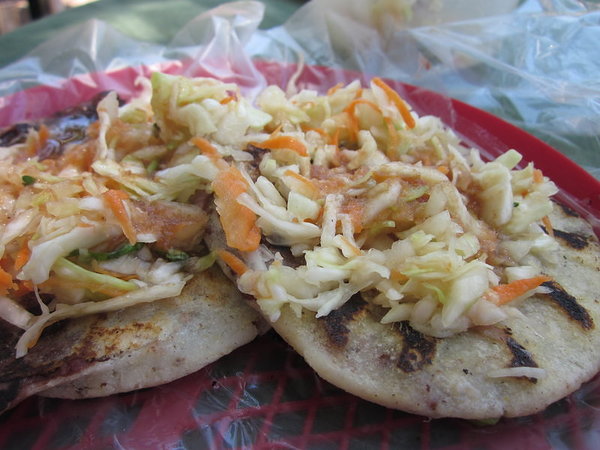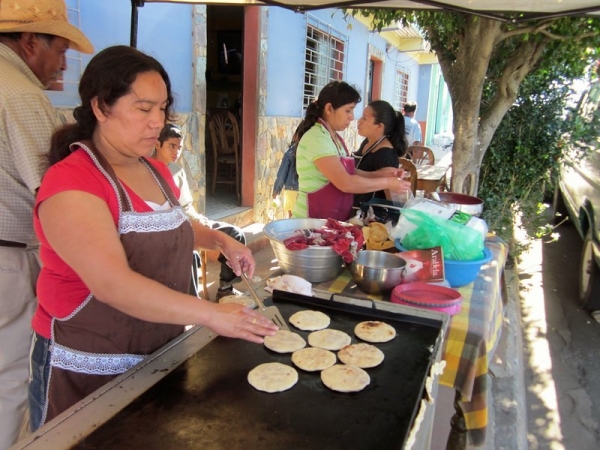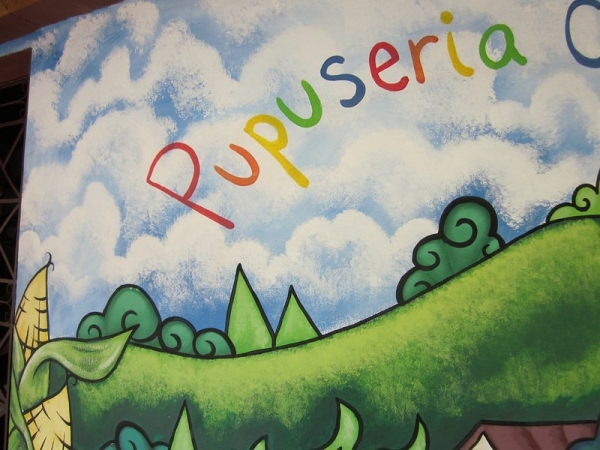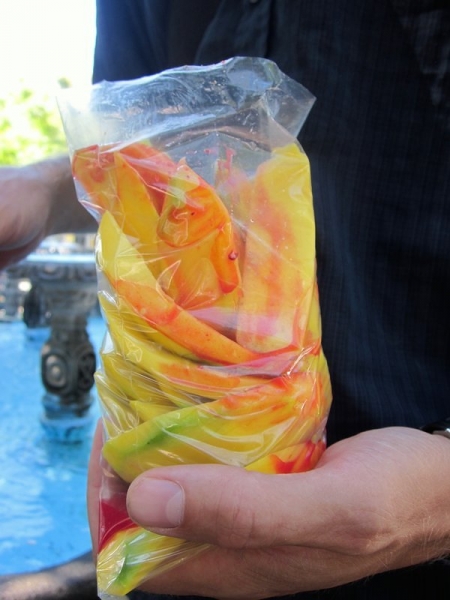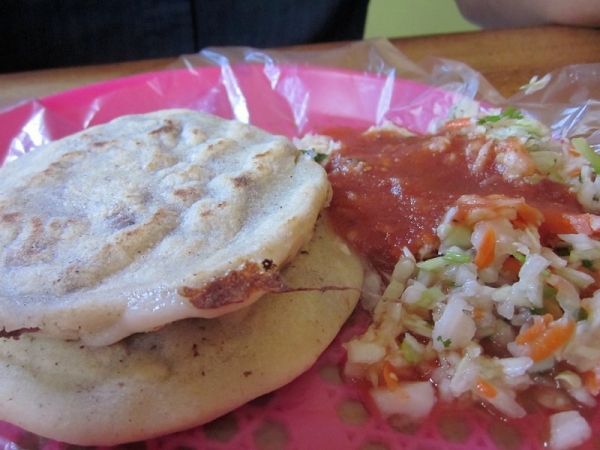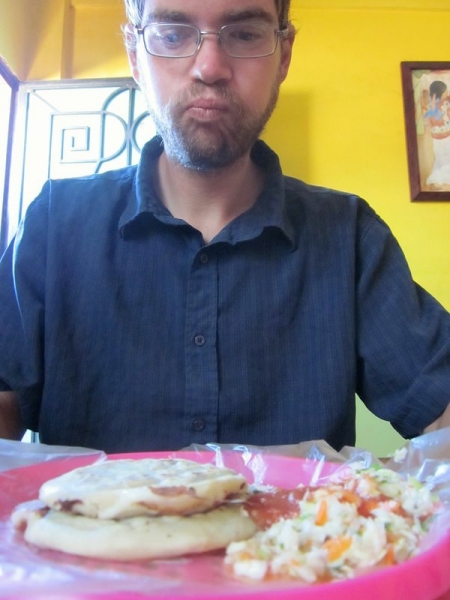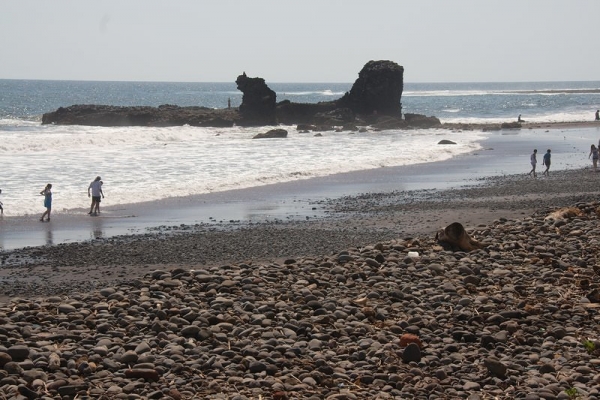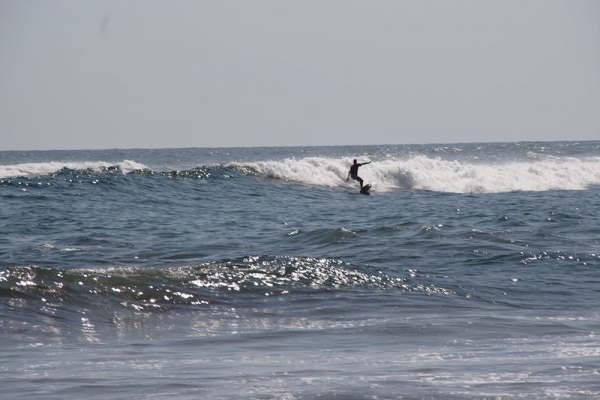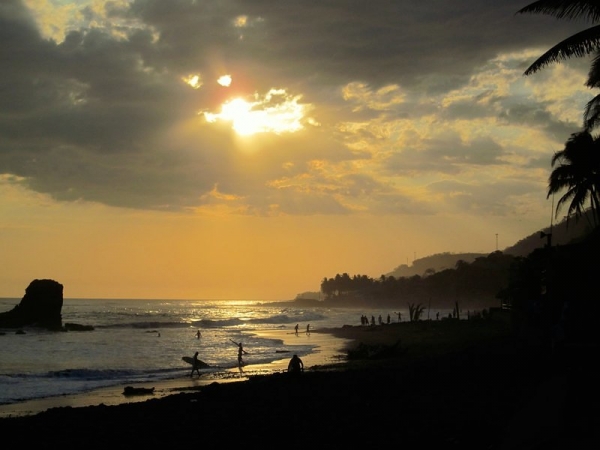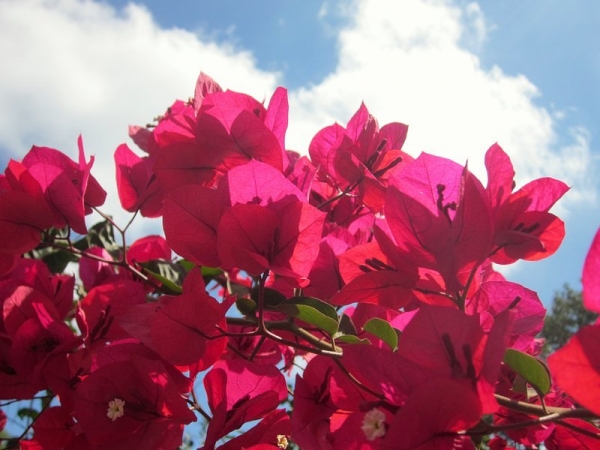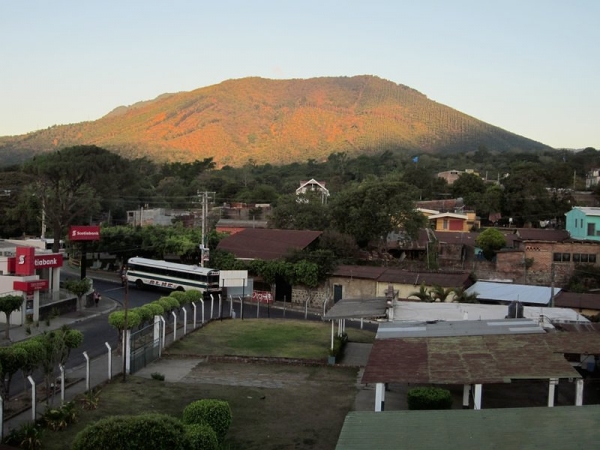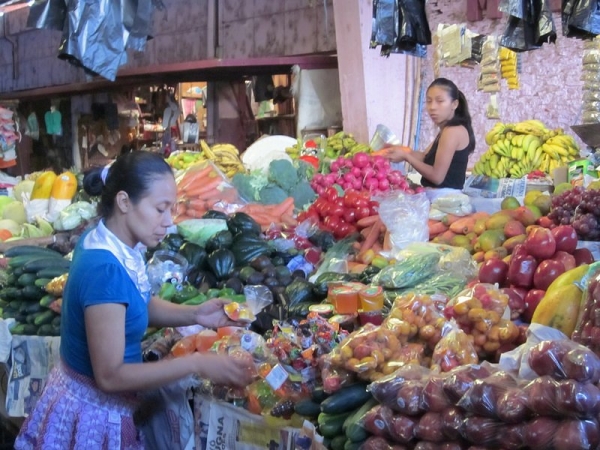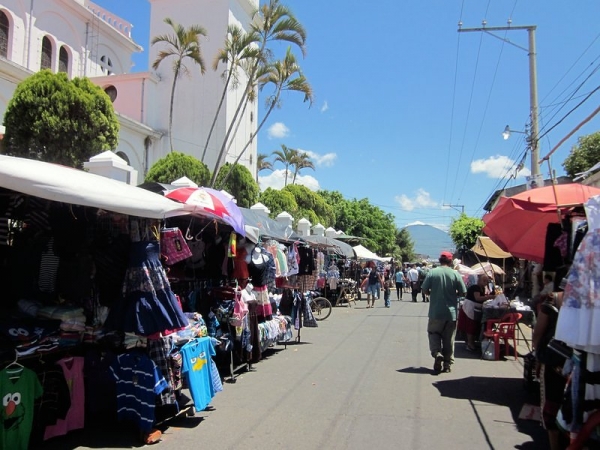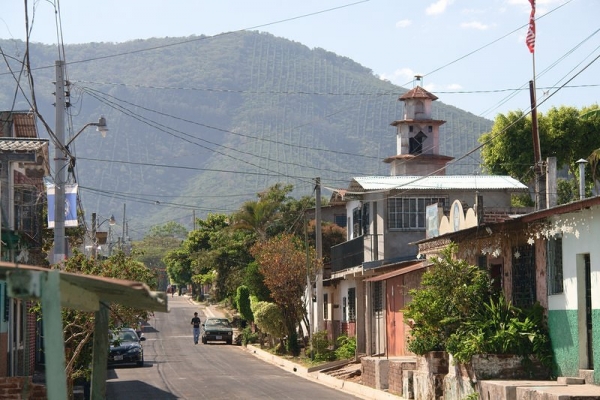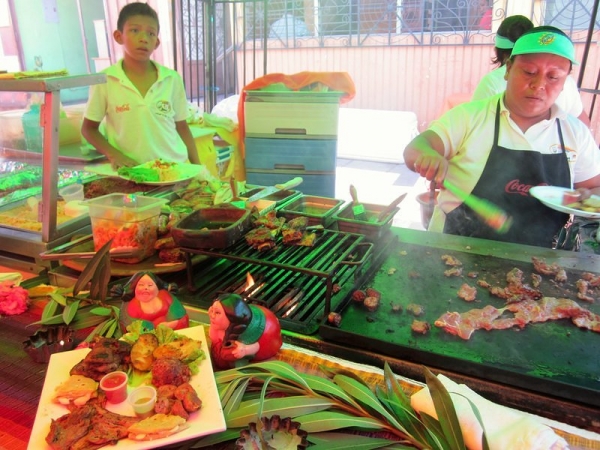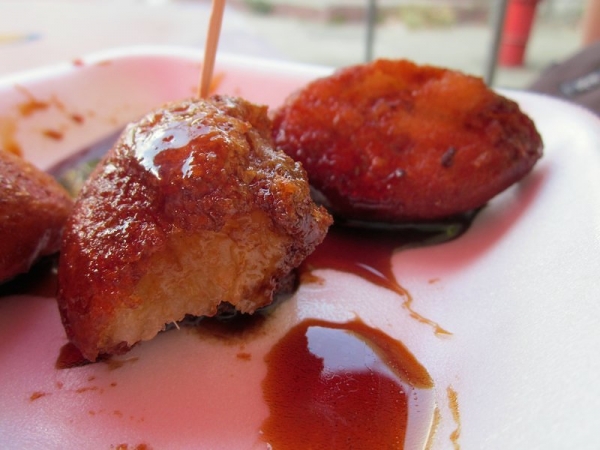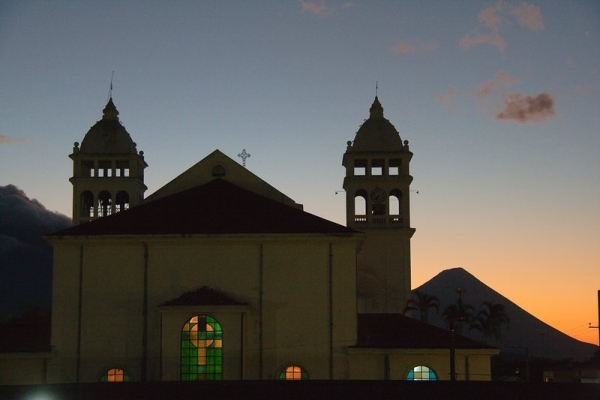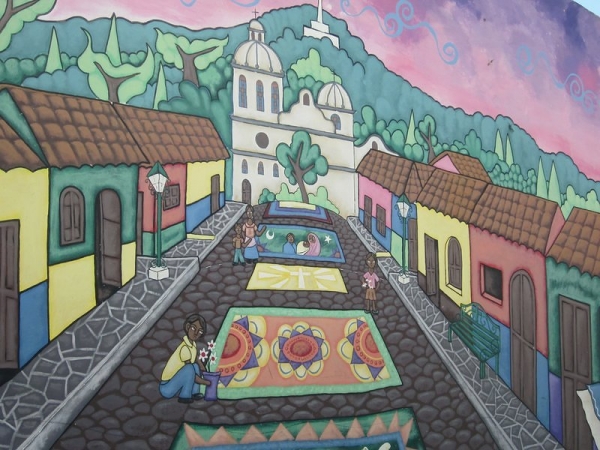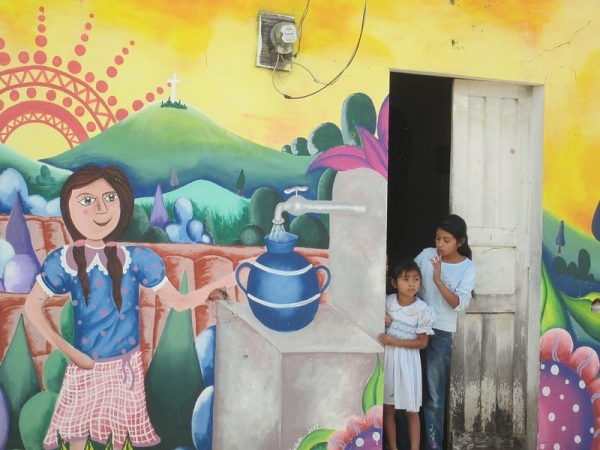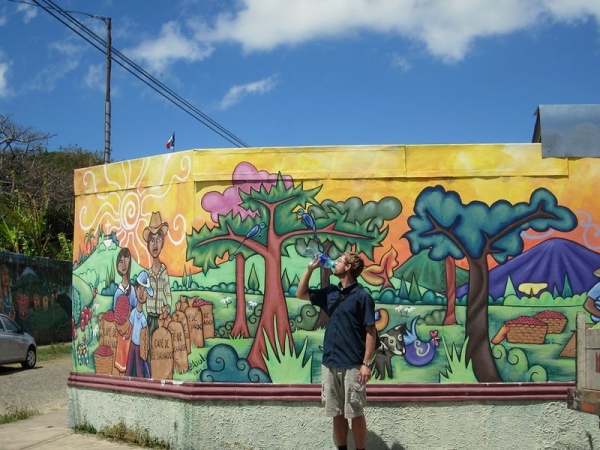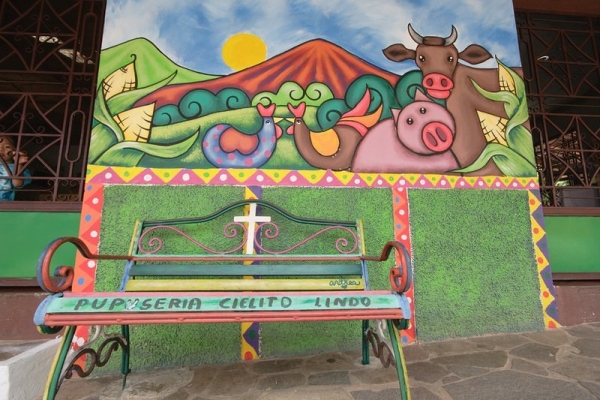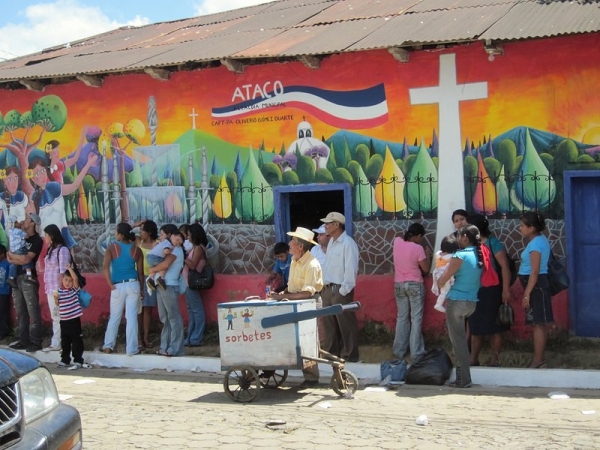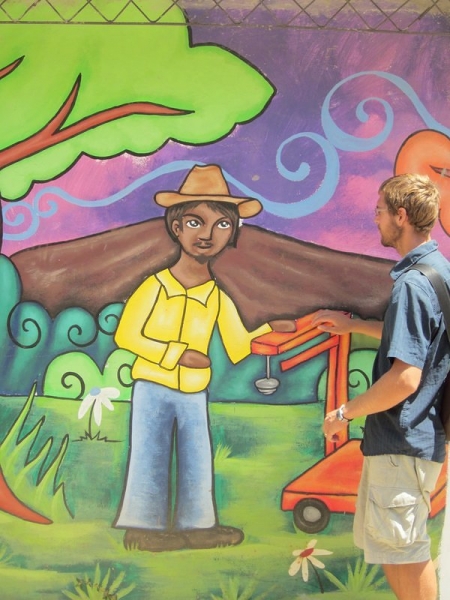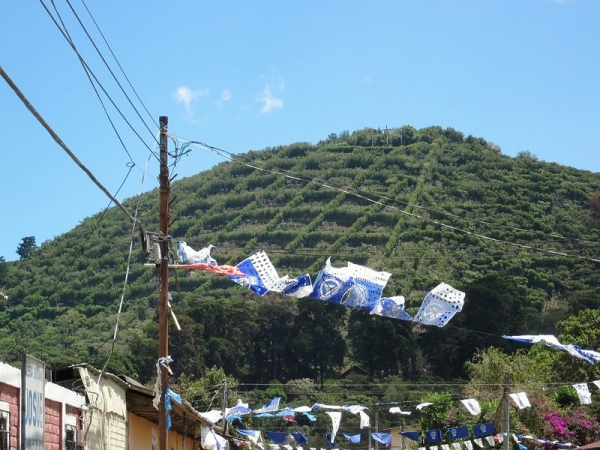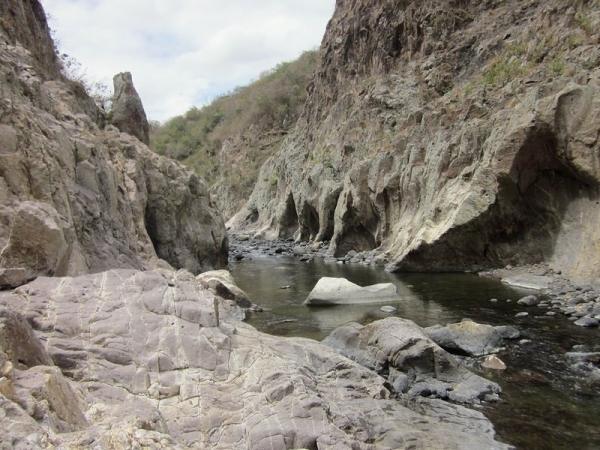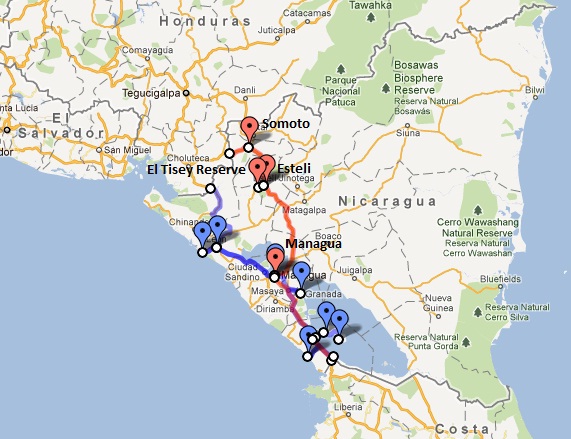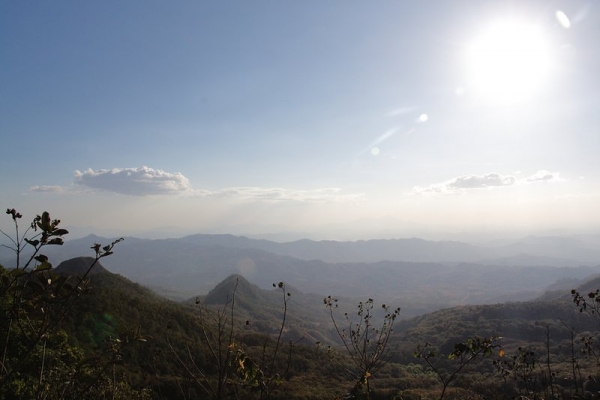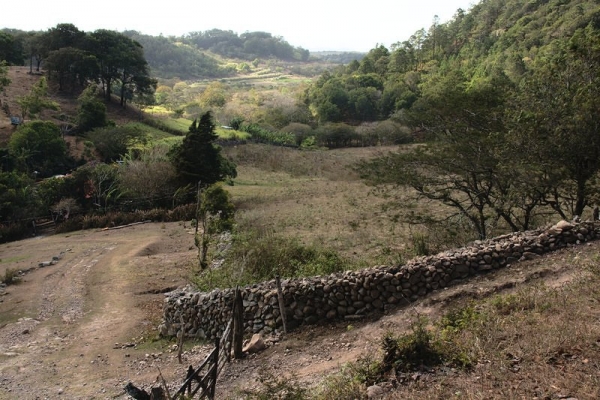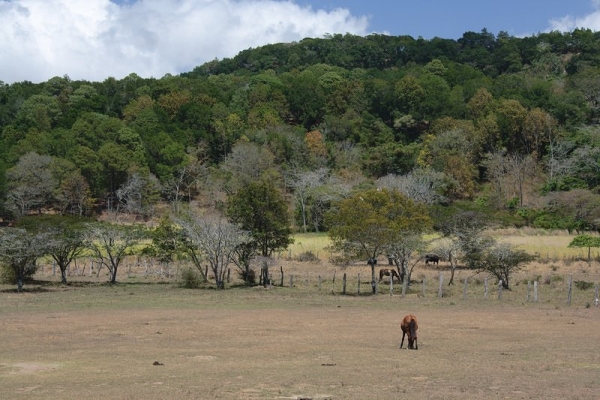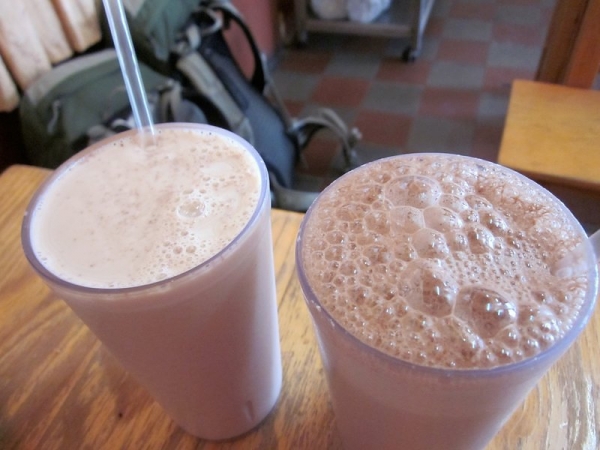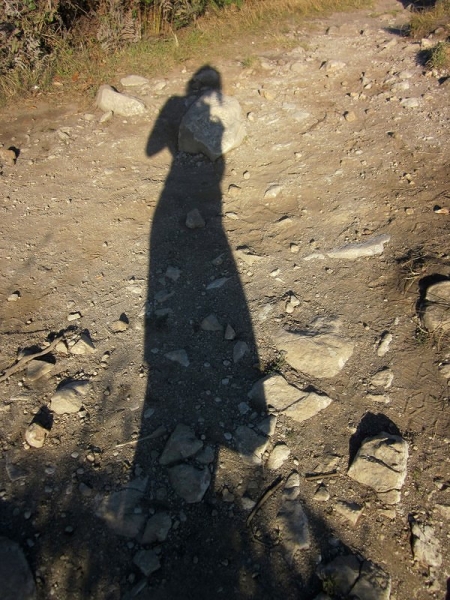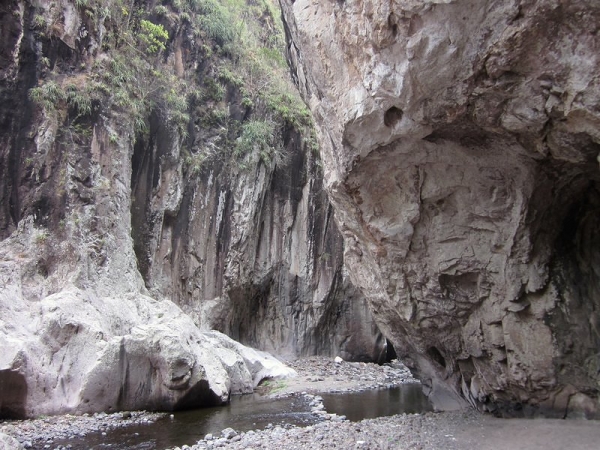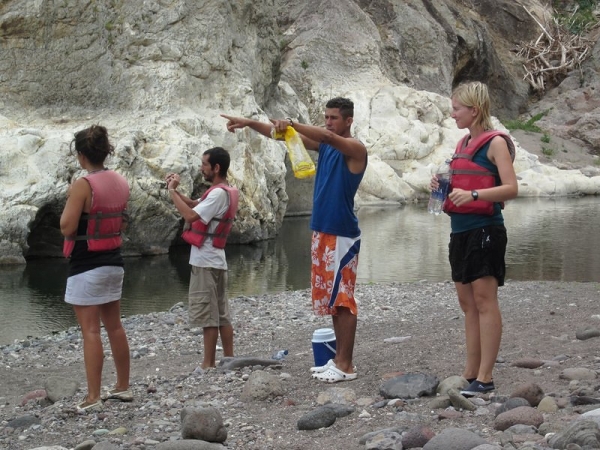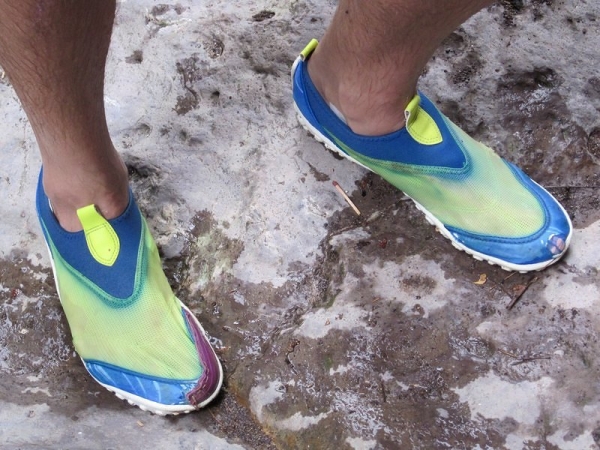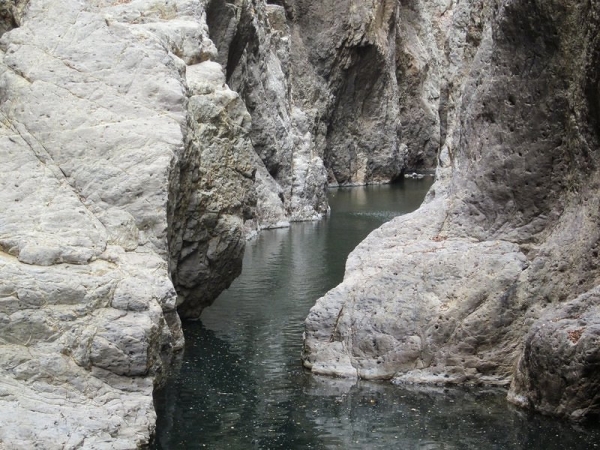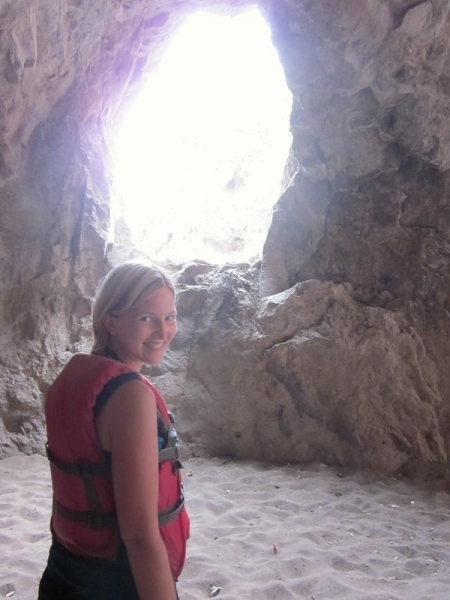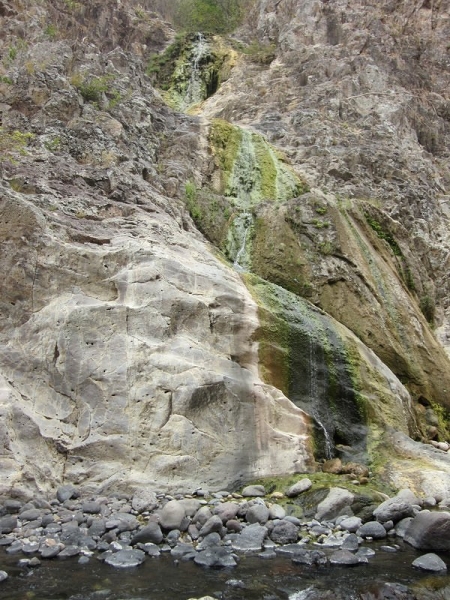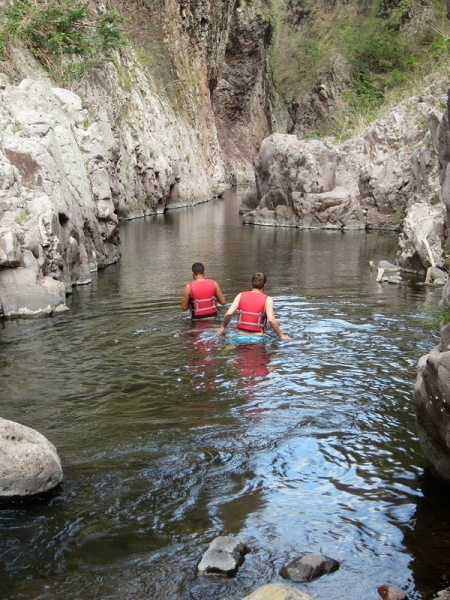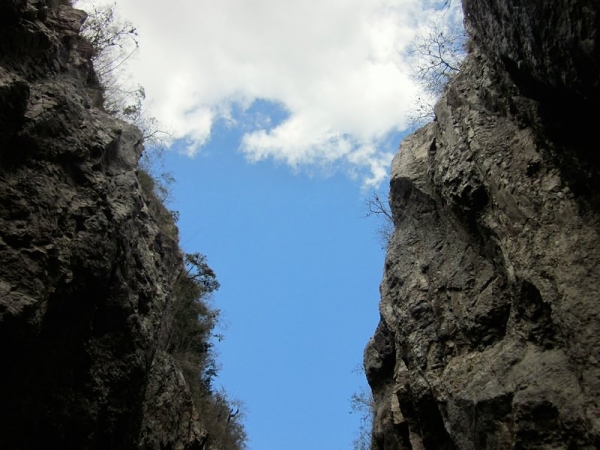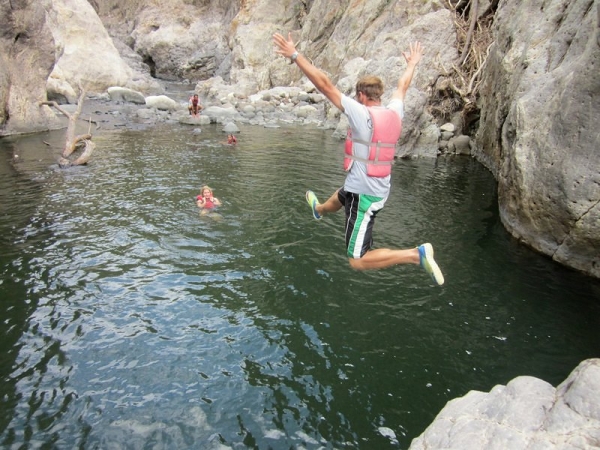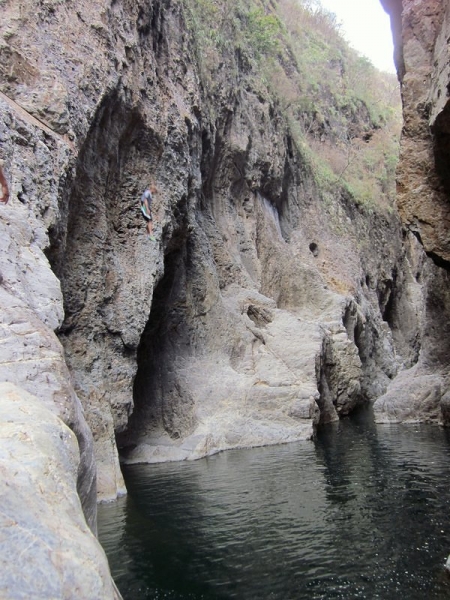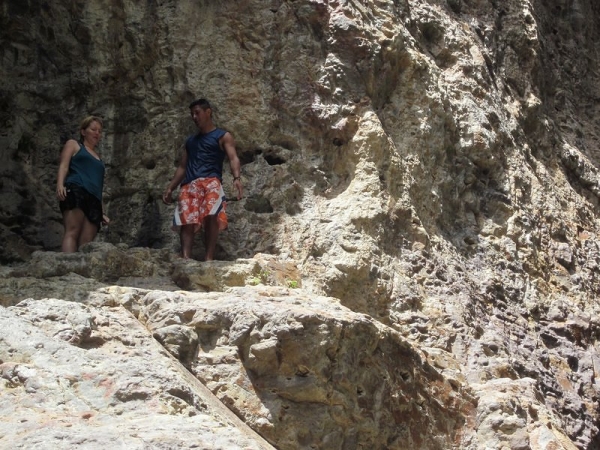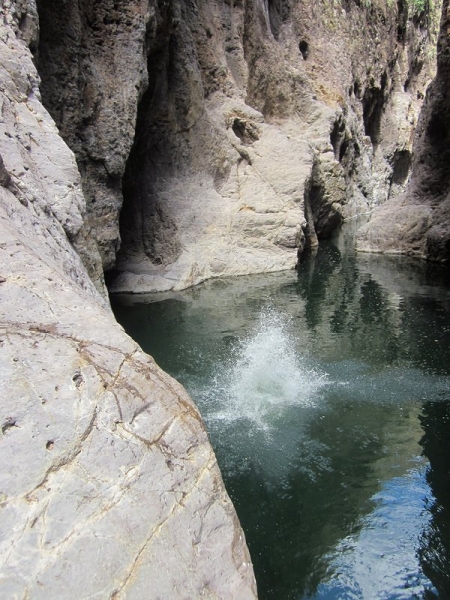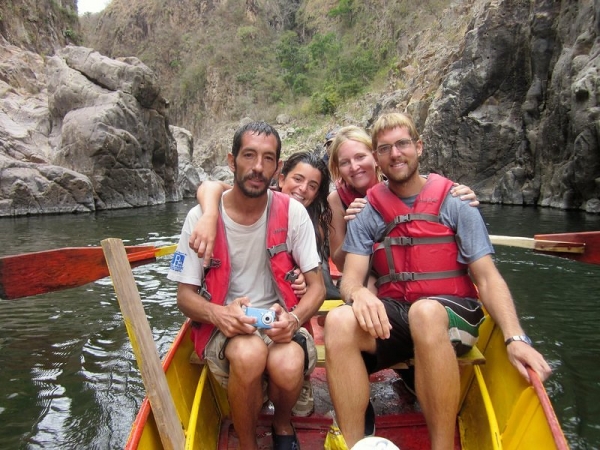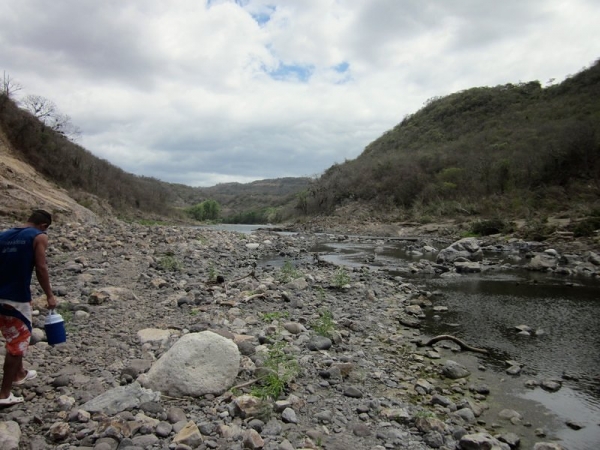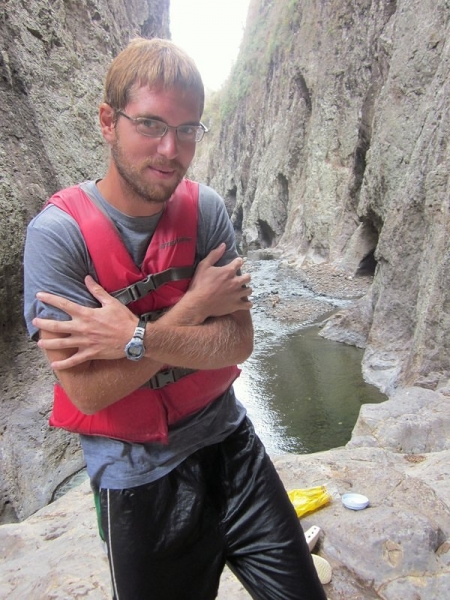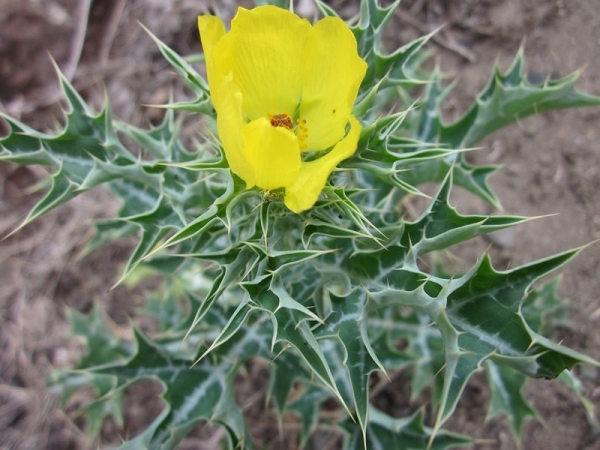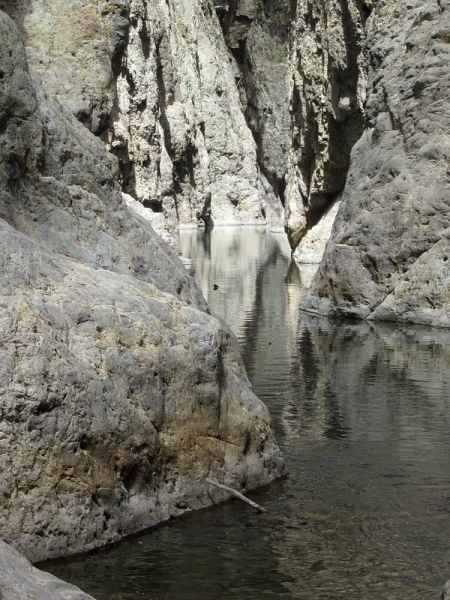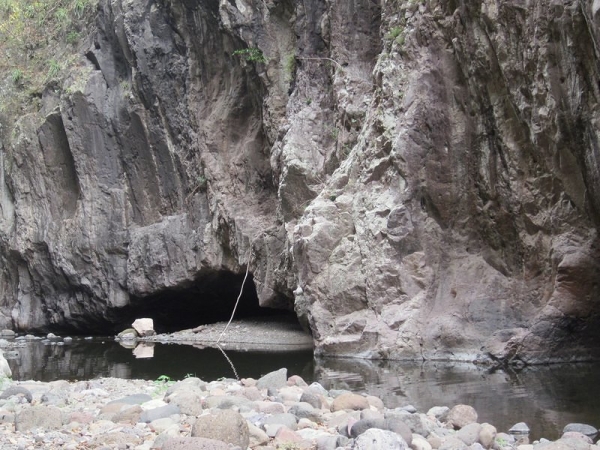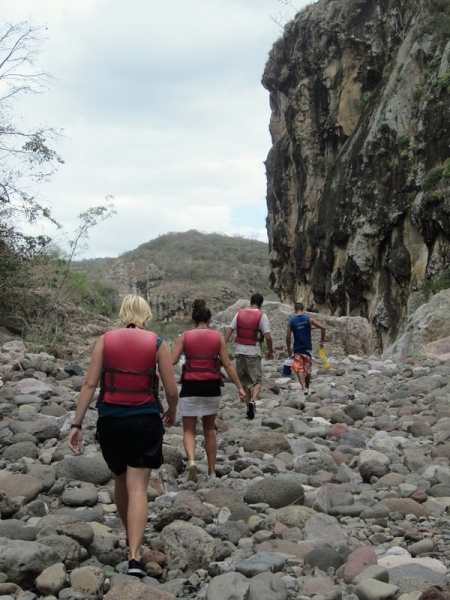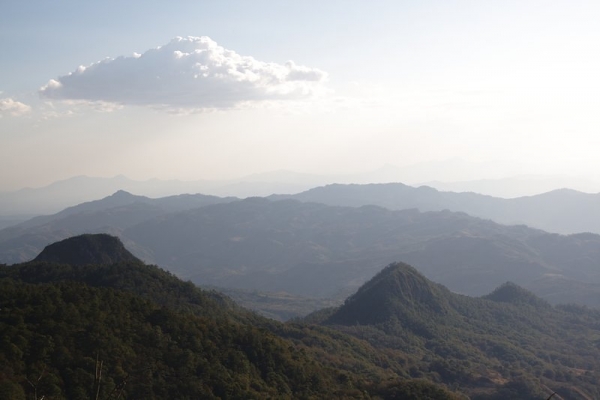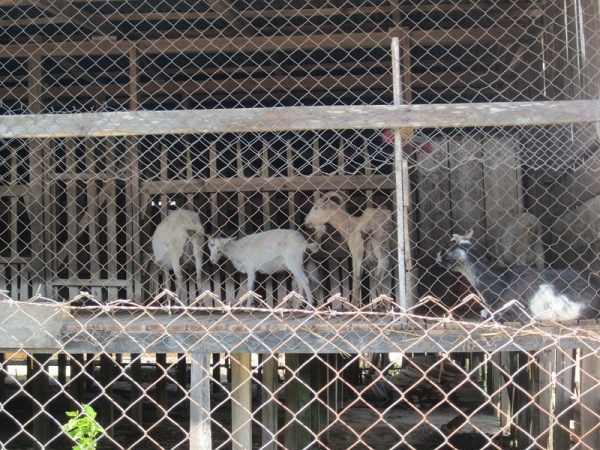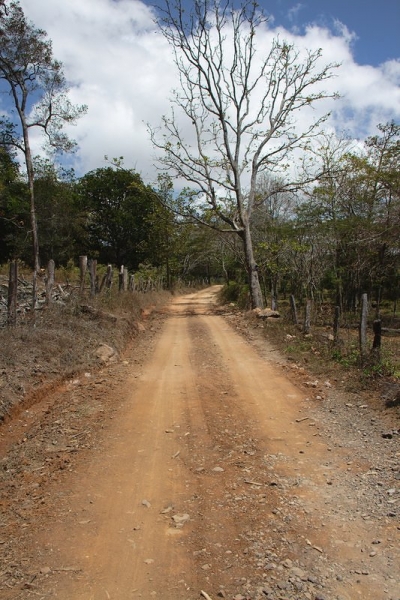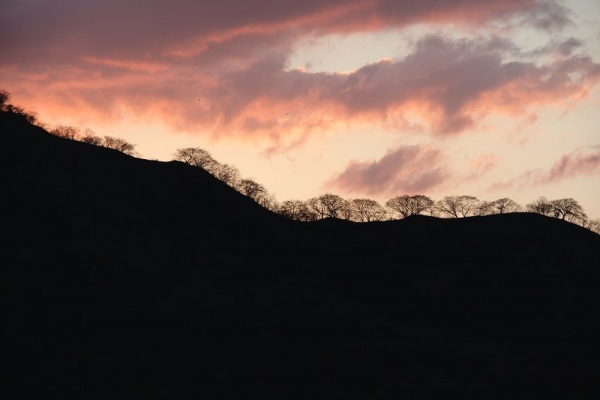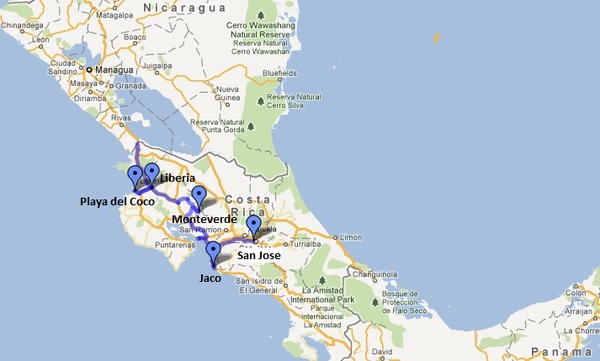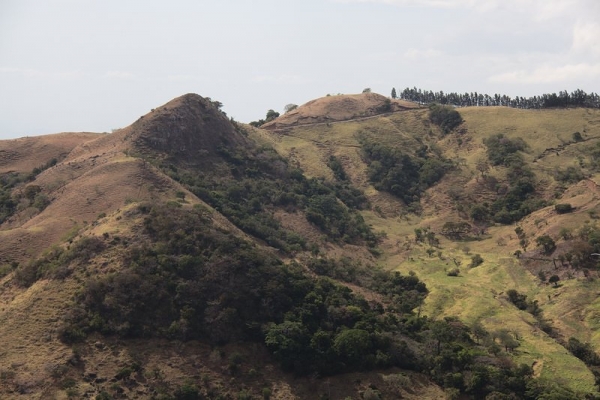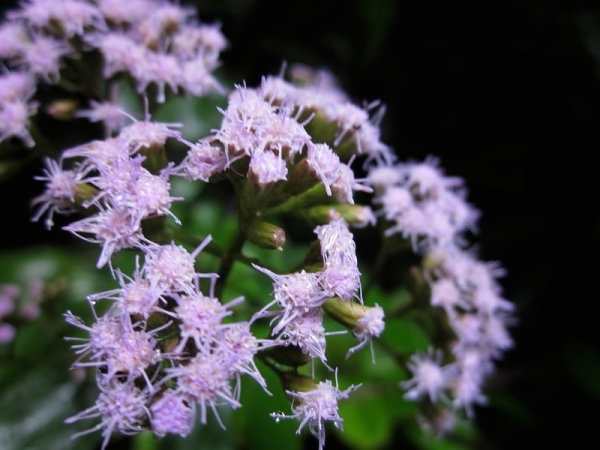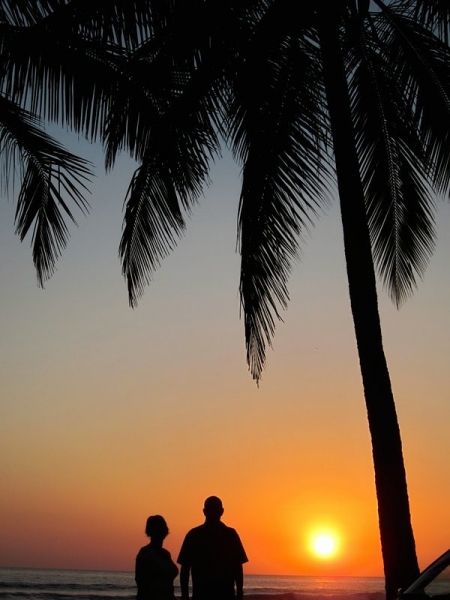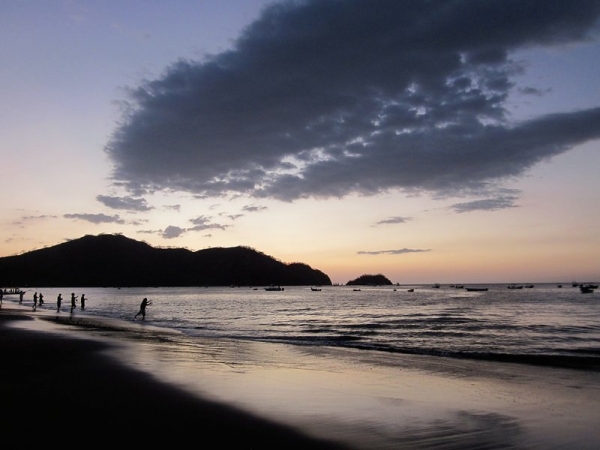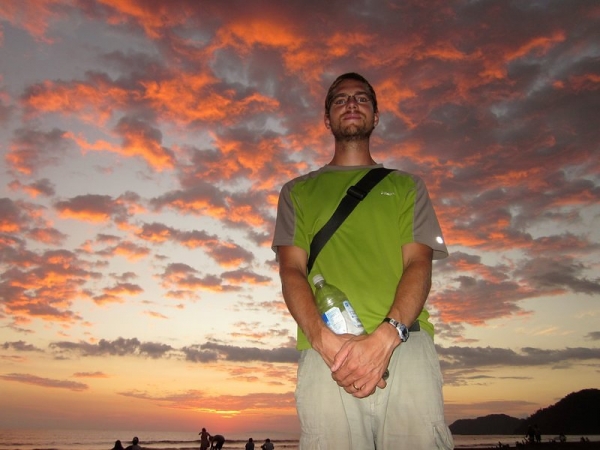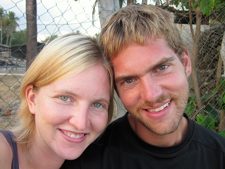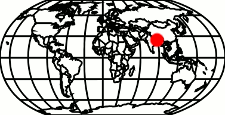The first time I tried a pupusa, I knew I had just discovered something special. It was made by a Salvadorean lady in San Pedro La Laguna on Lago de Atitlan in Guatemala. Before and since then, I’ve eaten some incredible street food… but nothing quite compares. As I figured out on our travels through Central America, it’s rare to find them outside of El Salvador, unless you’re near the Salvadorean border. I don’t think I’d be out of line in saying that one of the biggest reasons we wanted to go to El Salvador was for the pupusa. You can judge me if you want, but please not until you’ve tried one.
The pupusa is El Salvador’s national street food. It is basically a thick, hand-made corn tortilla, stuffed with beans, cheese, meat, vegetables, or some combination thereof, and fried on a flat griddle. It is typically served with curtido (a slightly fermented spicy coleslaw) and salsa roja (a watery tomato sauce).
The most common flavours seem to be queso (cheese, usually a soft cheese called quesillo) and revueltas (a combinations of queso, frijol (beans) and chicharron (cooked pork meat ground into a paste, not to be confused with fried pork rinds of the same name in other countries)). Our personal fave is frijol and queso. It’s nice having a favourite that’s not super popular, as we always get freshly made ones right off the grill.
Pupusas in Juayúa
There is a lot of variation in the flavour and quality of the dough, fillings, curtido, and sauce, but luckily there’s a pupuseria on just about every block to experiment with. We’ve paid anywhere from 25 cents to 60 cents (at a pricier beach community) per pupusa, with 30-40 cents being the most typical prices. It takes 2-3 pupusas to make a meal for one person.
Our time in El Salvador was limited, so we tried to make the most of it – we ate pupusas for 2-3 meals a day when we could, supplementing our nutrition with bags of mangos for snacks.
All in all, in our first 7 days in El Salvador, we consumed 57 pupusas (not each, but between the two of us… how gluttonous do you think we are?). While they made for ridiculously cheap meals (think $1-2 for both of us), it wasn’t just the price that kept us coming back – it was the absolute satisfaction we felt from eating something that’s so delicious. And if we were without a kitchen for a week, we would do it all over again.
I’ve heard rumours from other travellers that there exists a pupusa wall – a theoretical point where you just can’t bring yourself to eat another one – but I just don’t believe it. My body would never betray me like that.
Viva La Pupusa!
Note: When Mike found out I wrote a post called “Ode to the Pupusa” and it wasn’t a poem, he was quite upset. So here’s his version of “Ode to the Pupusa,” written and recorded immediately after a delicious pupusa lunch.
